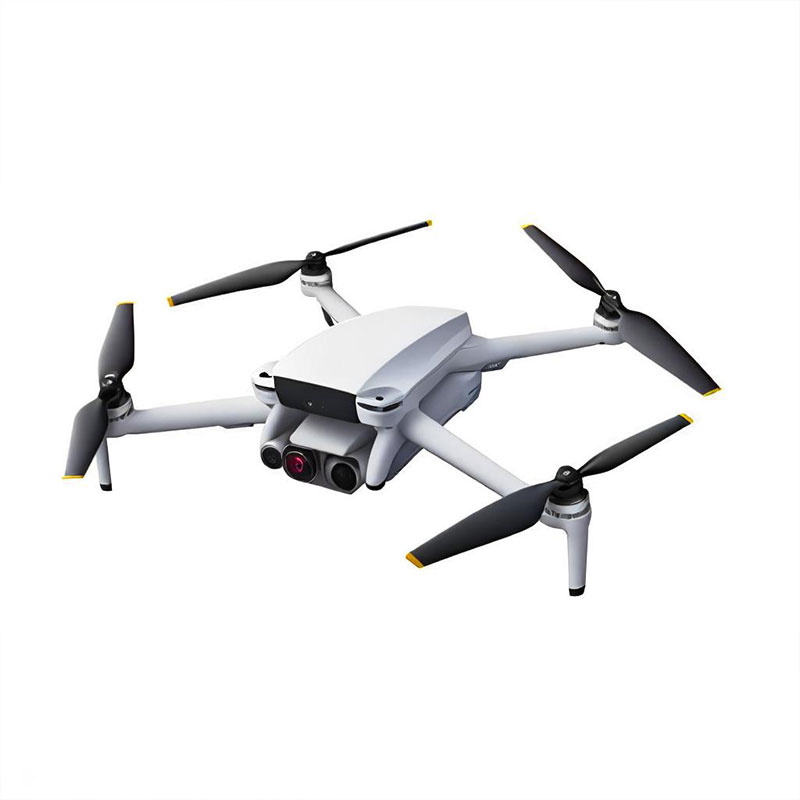The high-efficiency lightweight injection molding solution for drones is a crucial topic in the field of drone manufacturing. Lightweight design has a significant impact on improving the flight efficiency, extending the flight time, and reducing the energy consumption of drones. The following are the 9 key points for realizing the high-efficiency lightweight injection molding solution for drones:

It is essential to use high-strength and lightweight plastic materials, such as carbon fiber reinforced plastics, glass fiber reinforced plastics, or specific high-performance polymers like polyetheretherketone (PEEK) or polyphenylene sulfide (PPS).
Topology optimization technology is adopted. Through computer simulation, the optimal distribution of materials in the drone structure is determined to minimize the use of materials while maintaining strength and stiffness.
During the design process, integrated functions are considered to reduce the number of parts. By integrating multiple components into one, the weight and complexity are decreased.
Precision injection molding technology is employed to ensure the dimensional accuracy and surface quality of the parts, reducing the need for subsequent processing.
Multi-component injection molding technology is utilized to manufacture complex parts composed of different materials in a single operation.

Efficient molds are designed to ensure rapid production and part consistency.
The design of the mold cooling system is taken into account to accelerate the production cycle and improve the part quality.
An automated injection molding production line is implemented to reduce human intervention and improve production efficiency and consistency.
Robots and automated systems are used for part removal, trimming, and packaging.
A strict quality control process is established to ensure that each part meets the design specifications.
Non-destructive testing methods, such as ultrasonic testing or X-ray testing, are used to ensure that there are no defects inside the parts.

Chemical or physical methods are used for post-processing the injection molded parts to enhance their surface properties or further reduce the weight.
For example, laser texturing technology can be used to increase the surface friction of the parts, or chemical etching can be carried out to reduce the weight.
The use of recyclable or biodegradable materials is considered to reduce the environmental impact of drone production.
The recyclability and reuse of parts are taken into account during the design process to achieve more sustainable production.
Before production, computer-aided engineering (CAE) software is used for simulation to predict the performance of the parts in actual use.
Actual flight tests are conducted to verify the effectiveness and safety of the lightweight design.
In conclusion, through in-depth understanding and effective implementation of the above 9 key points, drone manufacturers can improve production efficiency, reduce costs, and manufacture lighter, stronger, and more durable drones, meeting the growing market demand for high-performance drones and promoting the sustainable development of the drone industry.

Dongguan Worldbound Plastic Products Co., Ltd. specializes in providing a complete set of solutions integrating product design, precision mold manufacturing, injection molding, painting, pad printing and assembly, and after-sales service for high-end brands. It has successively obtained the titles of transformation and upgrading demonstration enterprise and national high-tech enterprise. Welcome to visit and consult.
Copyright © 2023 :Worldbound Plasitc Products Co.Ltd